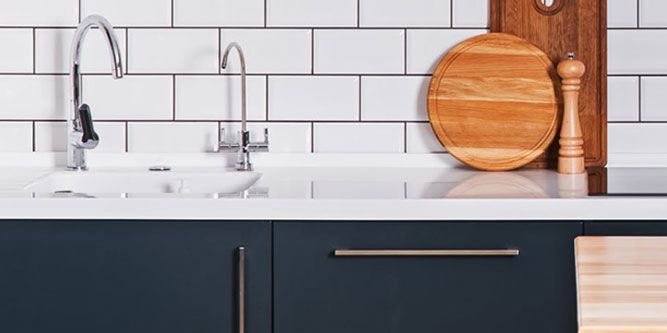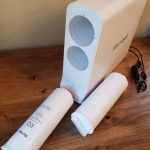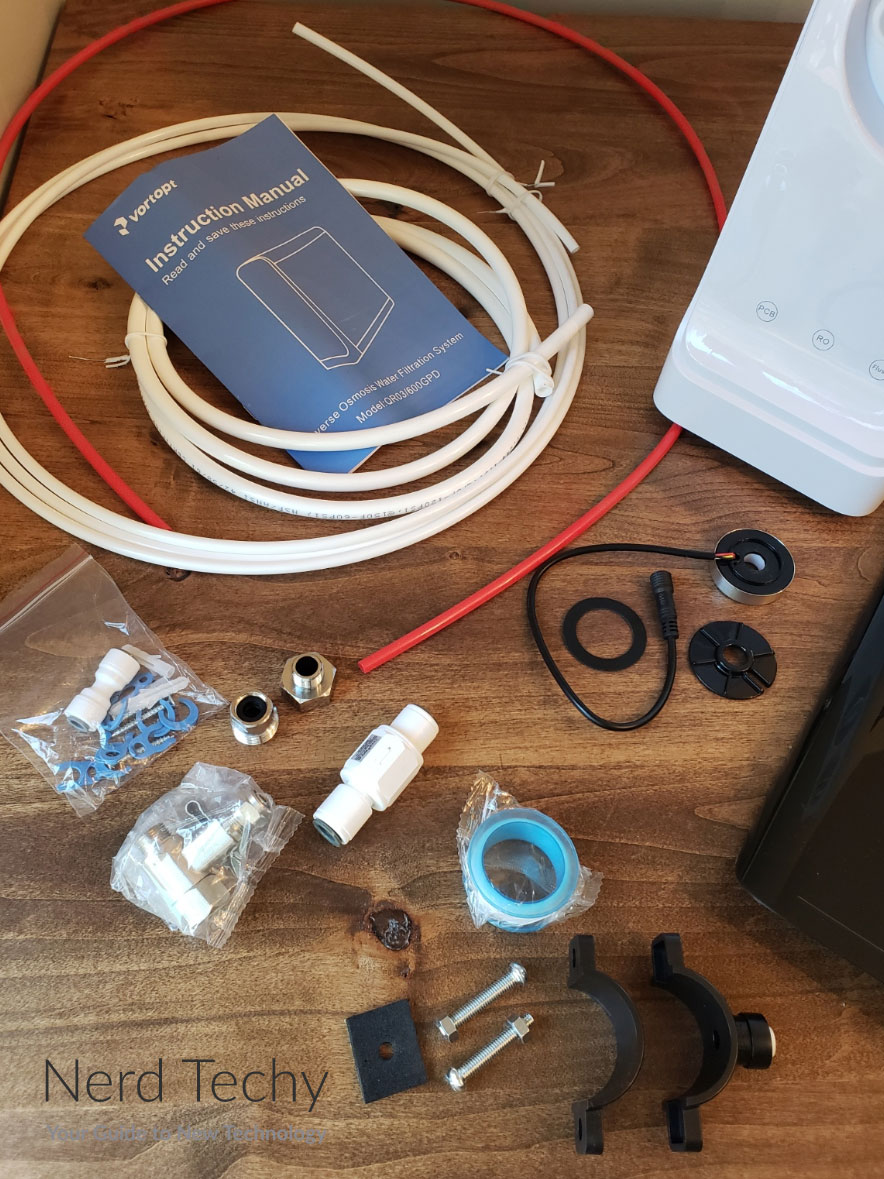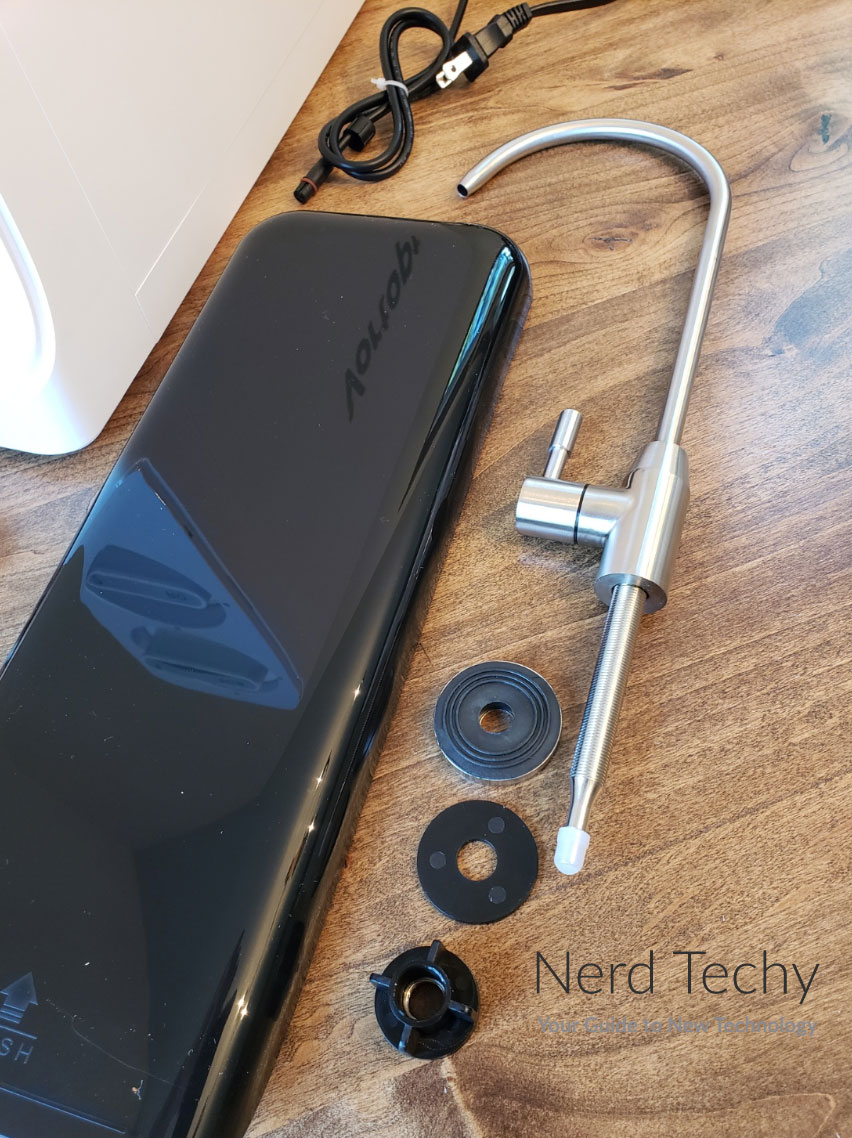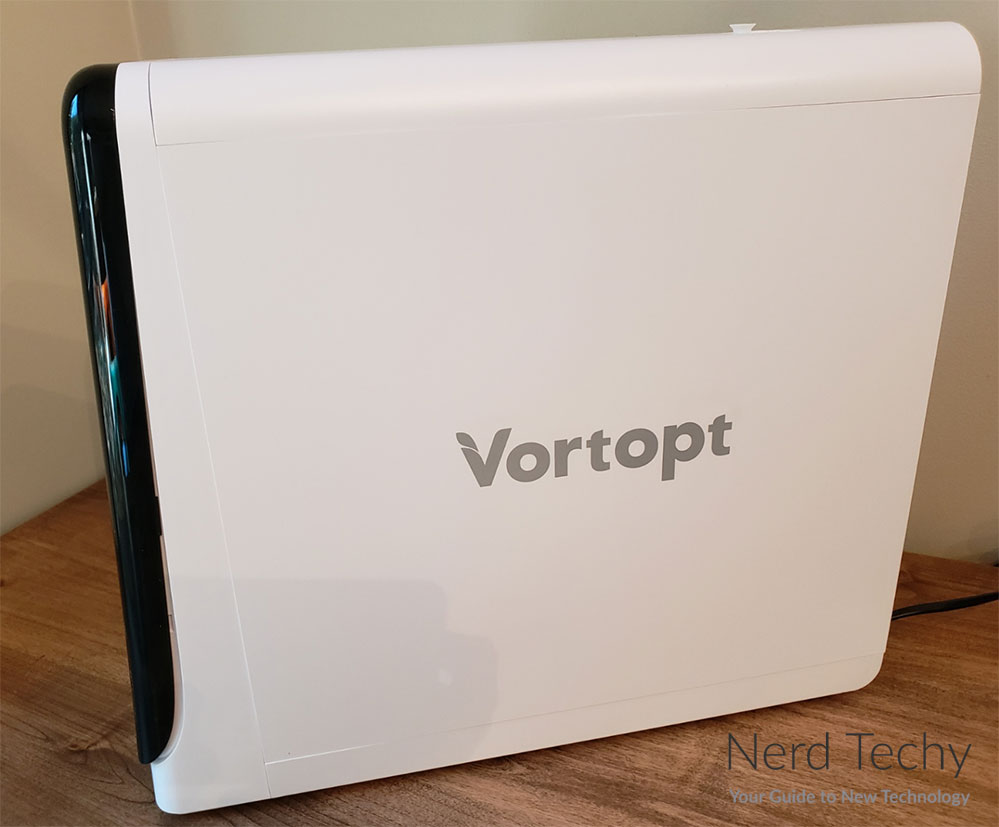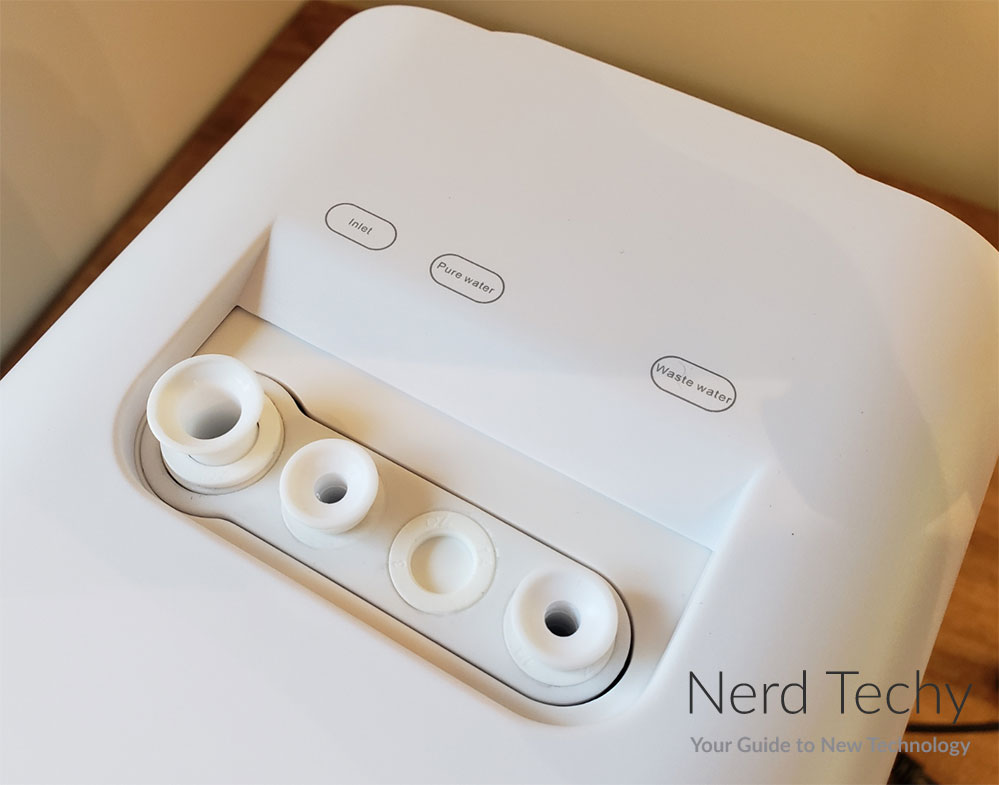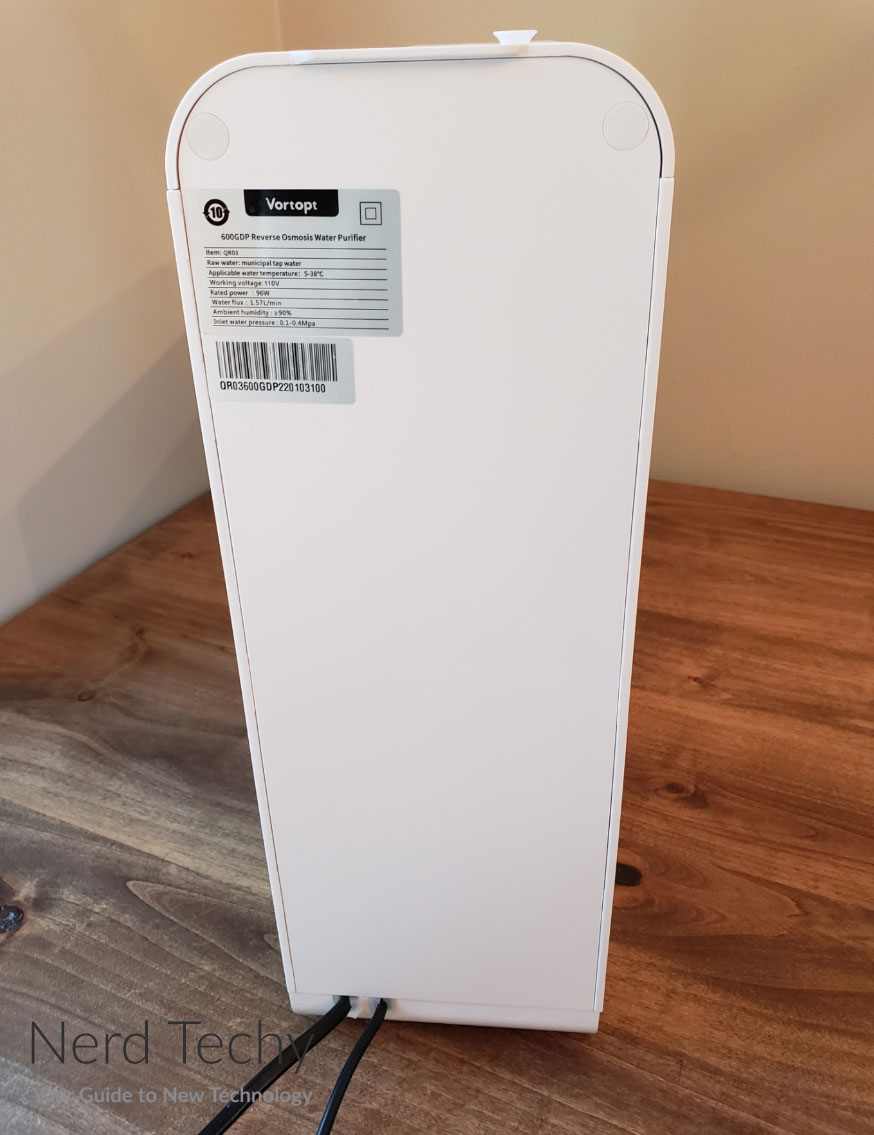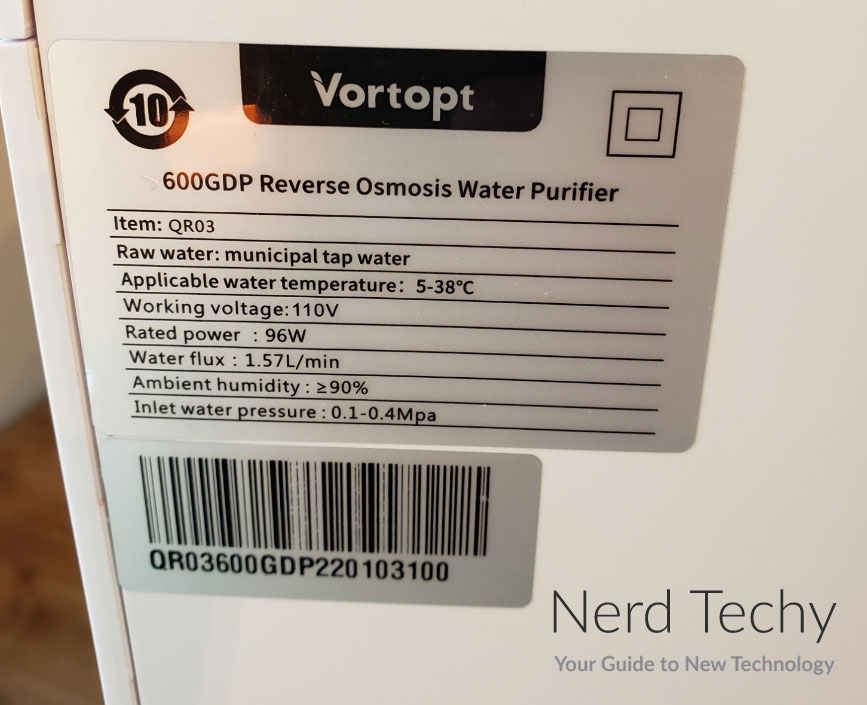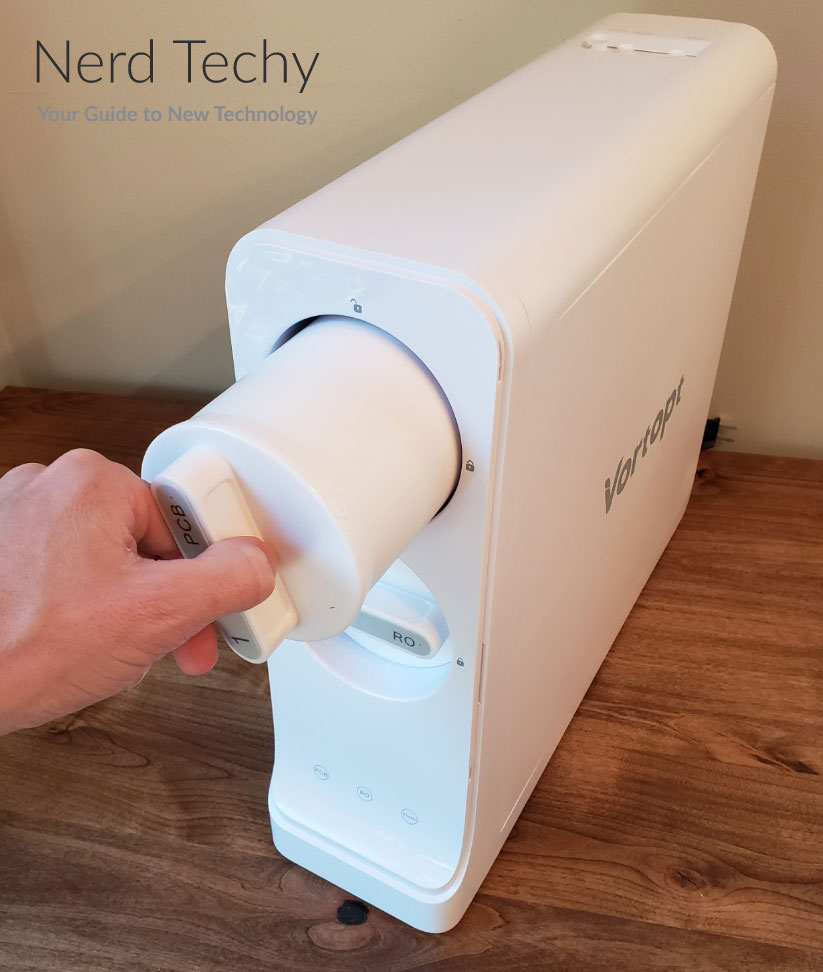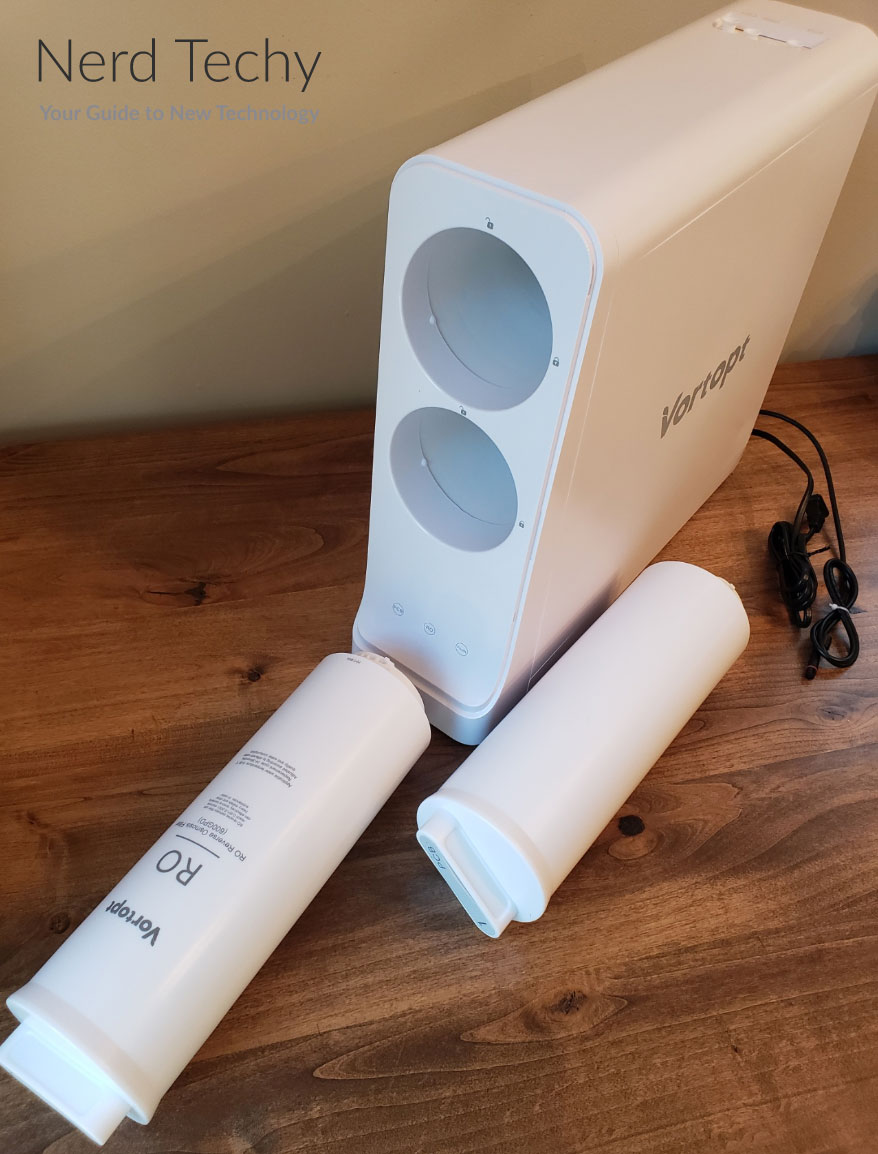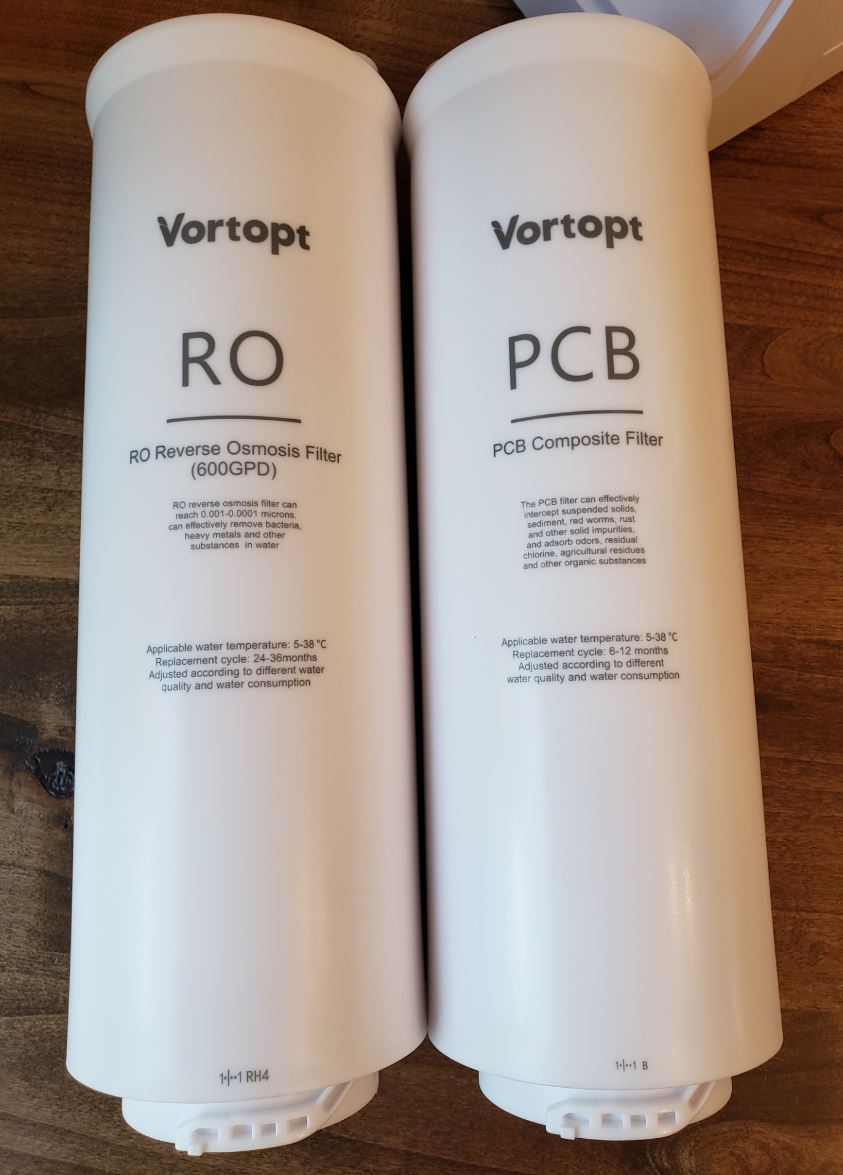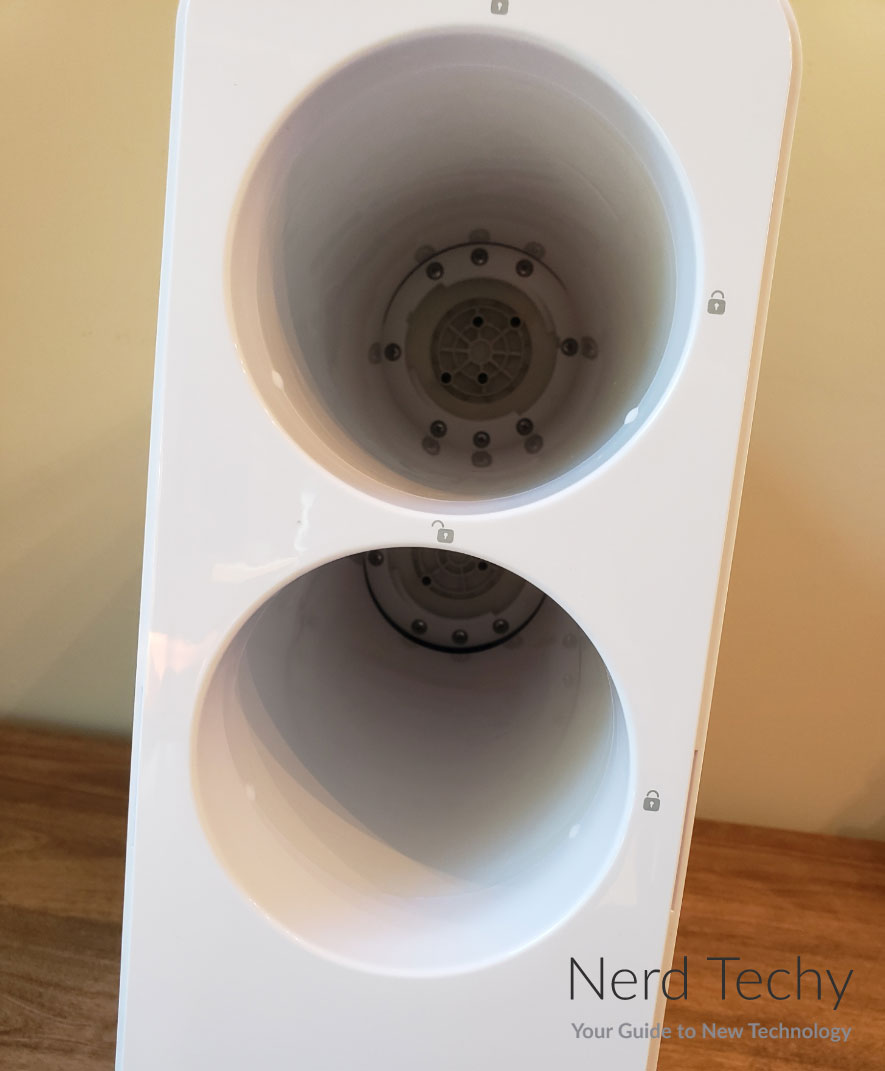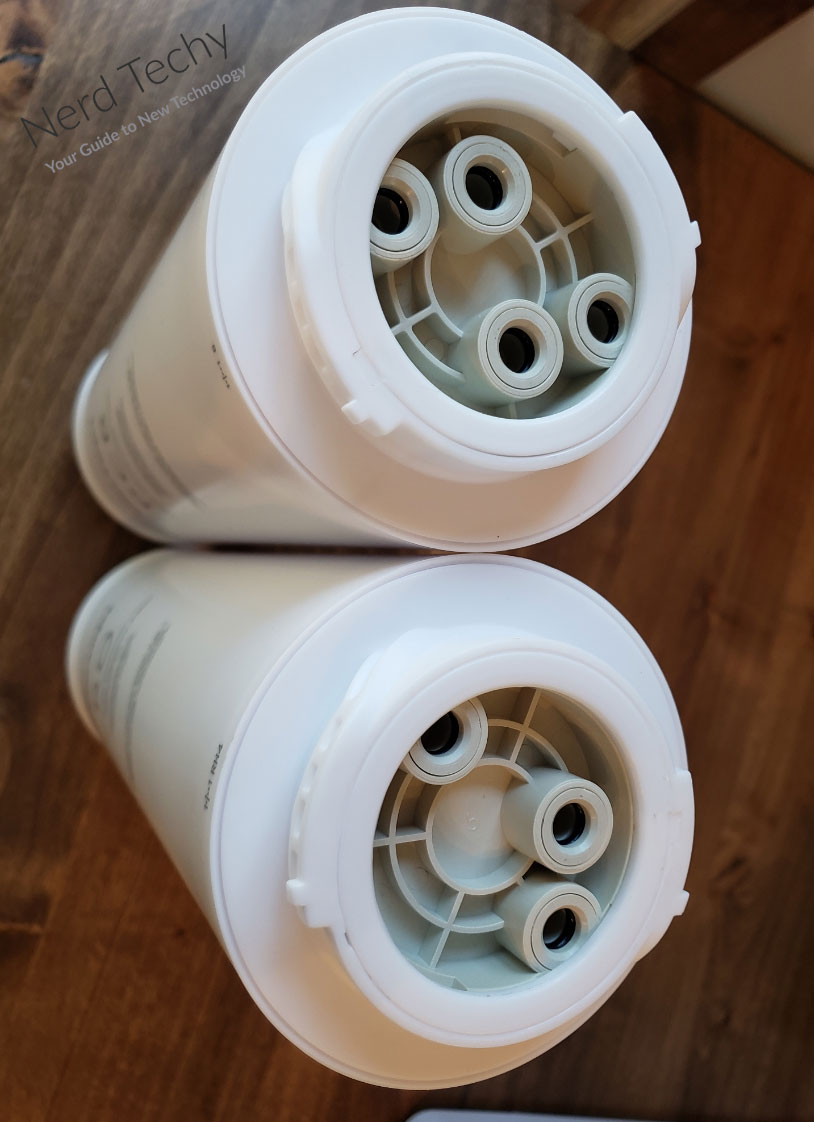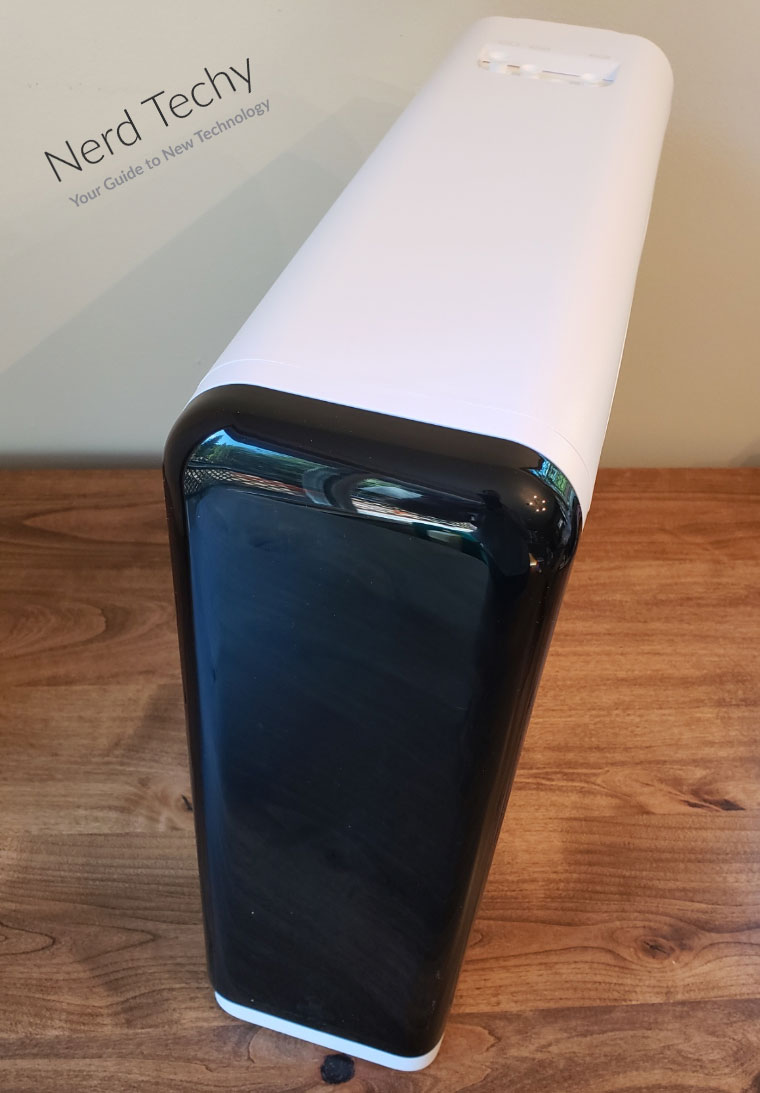Clean water is one of the building blocks of modern society. Without running water and proper sewage, you can’t have a healthy home. Nowadays, most people have that taken care of for them. If you live in a city or suburb, you’re already piped into the municipal water supply.
But if you’re further off the beaten path, you’ll be relying on well water. For the most part, there’s nothing wrong with well water. It can be one of the cleanest, healthiest ways to get your water. But you’re also going to have to deal with local soil conditions. Depending on the conditions underground, your water can have a ton of minerals in it.
Again, this isn’t always a bad thing. Iron-rich water, for example, is a convenient way to get more iron in your diet. But some minerals can create off-flavors in your water. Sulphur is a particularly bad offender.
It’s not going to hurt you, and the water is perfectly fine to drink. But it makes your water taste like rotten eggs, which is something nobody wants to deal with. And if there are enough minerals in your water, it can look cloudy.
Again, this won’t necessarily hurt you, but it makes for an unappealing presentation. And, of course, there might actually be unhealthy levels of some minerals. In all these situations, a good quality water filter can get you sorted out.
Vortopt QR03 Reverse Osmosis System
We’re about to review the Vortopt QR03 Reverse Osmosis System. This is a compact filtration system that’s designed to install underneath your sink. It comes with a little stainless steel faucet, which sits to the side of your regular faucet.
When you turn on the little faucet, you’re getting fresh, cold, filtered water. But those are just the broad outlines of a complex piece of equipment. To get a full understanding of the QR03, we’ll need to look a lot closer.
We’ll have to look at the physical design, and how it’s installed. We’ll have to consider how it’s used, as well as how to maintain it. And, of course, we’ll have to discuss how well it actually works. After that, we’ll know everything we need to know to deliver a fair verdict. Let’s get started!
What Is Reverse Osmosis?
Reverse osmosis might sound like an intimidating concept, but it’s really not. Osmosis is a process where chemicals or compounds pass through a permeable barrier. A good example of this is your blood. Blood cells carry oxygen and other nutrients throughout your body. When your blood comes into contact with a cell, those nutrients enter through the cell membrane.
Reverse osmosis is the exact opposite process. In reverse osmosis, water is put under pressure on one side of a membrane. The membrane is semi-permeable, but only to water, not to larger particles. As pressure is applied, water flows through the membrane. Sediment, minerals, and other detritus is left on the other side, and eventually rinsed away.
Because reverse osmosis works on the molecular level, it’s more effective than traditional carbon filtration. However, neither type of filter will kill viruses and bacteria. Whatever slips through will be alive in your water. If you’re mostly worried about disease, consider an ultraviolet purifier like the Acuva Arrow 5.
Overall Design
The Vortopt QR03 Reverse Osmosis System consists mainly of the main filter unit. This device is constructed mostly from white plastic, with a smooth, easy-to-clean finish.
It measures 17 inches deep, 16 inches tall, and 5.4 inches wide. This makes it small enough to fit in virtually any under-sink cabinet. At 21 pounds, it’s a bit heavy for the size, but that’s not a major concern. After all, it’s not like you’re going to be moving it around a whole lot.
The front panel on the filter housing is black instead of white, with the word “Vortopt” printed down the middle. This panel can be snapped on and off, to access the filter cartridges. The cartridges themselves are cylindrical, and slide horizontally into round holes. The top hole is for the composite filter, which removes larger particulates and some chemicals. The bottom hole is for the reverse osmosis filter, which removes the tiniest particles.
Along with the main filter unit, you get all the other supplies you need for installation. There’s a stainless steel faucet, with a narrow spout and a single operating handle. There’s a set of three supply lines, along with an array of connectors, clamps, and fittings. You’ll still need a screwdriver, wrench, and a few other tools. But as for plumbing supplies, you’re going to be covered.
The QR03 filter system is designed to be plumbed directly into your house. This comes with both advantages and disadvantages. On the one hand, you can’t simply move it around. If you move to a new house, you’ll have to buy a new filter system.
On the other hand, it sits out of sight in your cabinet, and requires little maintenance. Not only that, but installation is straightforward. You run one PEX line from your cold water pipe to the filter. Another line runs from the filter to your faucet, and a wastewater line runs into your drain pipe. This sounds more complicated than it is, and it’s pretty easy to set up. Once it’s plumbed in, plug it into a power outlet and you’re ready to go.
Vortopt covers this filter with a 12-month manufacturer’s warranty. If anything fails during that time period, you’ll be protected. Vortopt will give you a full refund or a free replacement for the broken part.
Of course, not everybody wants a filter that’s plumbed into their house. In many scenarios, you might want a more portable countertop unit. In that case, check out our list of the best countertop reverse osmosis filters. There’s no installation required, but you have to fill a reservoir from time to time.
Operation
Now that your filter system is installed, how can you use it? To begin with, it’s capable of dispensing 0.4-gallon per minute. That’s around 20% of the capacity of an ordinary, non-filtered tap. It’s about what you’ll get from other leading reverse-osmosis filters, and it’s reasonably fast.
You can fill a glass of water in in well under 10 seconds. You can even fill up a large tea kettle in less than a minute. More to the point, you can dispense an incredible 600 gallons per day. That’s way more than you’ll ever need, which is exactly the point. Even if you’re using a ton of filtered water, you don’t have to worry about your filter quitting on you.
One of the main drawbacks of reverse osmosis filtration is the waste water. In order to flush out minerals and sediment, a certain amount of water is required. In fact, this is sometimes the majority of the water. For the QR03 in particular, you’re looking at a more reasonable ratio. For every 1.5 gallons of filtered water you produce, there’s only 1 gallon of waste. As a result, you won’t pay as much on your water bill as you will with some filter systems.
From time to time, you’re going to have to replace your filters. The composite filter will last approximately 12 months, while the reverse osmosis filter will last for up to three years. In practice, it’s going to depend on how much you use it. The filters can theoretically last for decades if they’re sitting there unused. They can also wear out faster if you’re putting a ton of demand on them.
Thankfully, it’s easy to know when it’s time to replace the filters; the unit will stop running. If you open your pure water faucet and nothing happens, don’t panic. Pull off the front panel of the filter housing, and look at the bottom. There’s a separate indicator light for each filter. Replace whichever filter is dirty, and the system will come back online in a few minutes. The filters themselves are easy to replace, with a simple, twist-lock design.
Another reason your filter system might cut itself off is if it’s in the middle of a flushing cycle. The flushing cycle is when the filters clean themselves and remove debris. Unlike some filters, no manual flushing is required; it happens automatically. You’ll hear the pump running while it’s flushing, which is a telltale sign. But there’s also an indicator light next to the filter indicators, which tells you when flushing is happening.
What Does it Remove?
So, what does the Vortopt QR03 filter out of your water? Let’s start with the composite filter. This component colloids, sediment, and rust, as well as chlorine and odors.
After that, the water passes through the main reverse osmosis filter. This removes miniscule particles, as small as 0.0001 microns. At this level, you’re removing pretty much everything from your water, including most germs. In fact, the water will come out with over 99.99% of impurities removed. As part of this process, it passes through an activated carbon layer, which further improves flavor and odor.
While the QR03 will remove many germs, we’ve already mentioned that that’s not what reverse osmosis filters are for. Small enough microbes will still pass through, and can still end up in your drinking water.
If you’re on municipal water, this shouldn’t be a concern. But for some wells, you may want to take extra precautions. In that case, a whole house UV water purifier is the best solution. Not only will it sanitize your sink water – it will do the same for all of your plumbing fixtures.
Final Verdict
The Vortopt QR03 Reverse Osmosis System is one of the better home water filters on the market. As installed filters goes, it’s straightforward and easy to plumb. It’s compact, and won’t take up a ton of room in your cabinet. We appreciated the relatively high flow rate, as well as the high daily capacity. The filters are highly effective, and they’re also easy to change when the time comes. All things considered, we were pleased.
Meet Ry, “TechGuru,” a 36-year-old technology enthusiast with a deep passion for tech innovations. With extensive experience, he specializes in gaming hardware and software, and has expertise in gadgets, custom PCs, and audio.
Besides writing about tech and reviewing new products, he enjoys traveling, hiking, and photography. Committed to keeping up with the latest industry trends, he aims to guide readers in making informed tech decisions.

